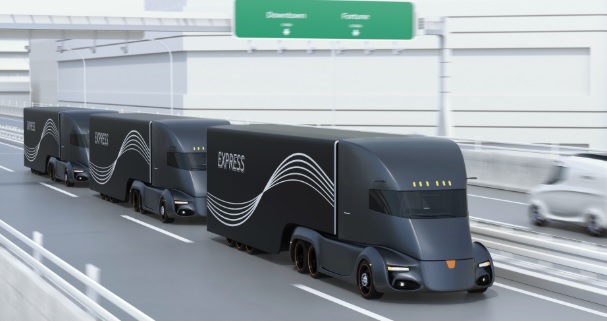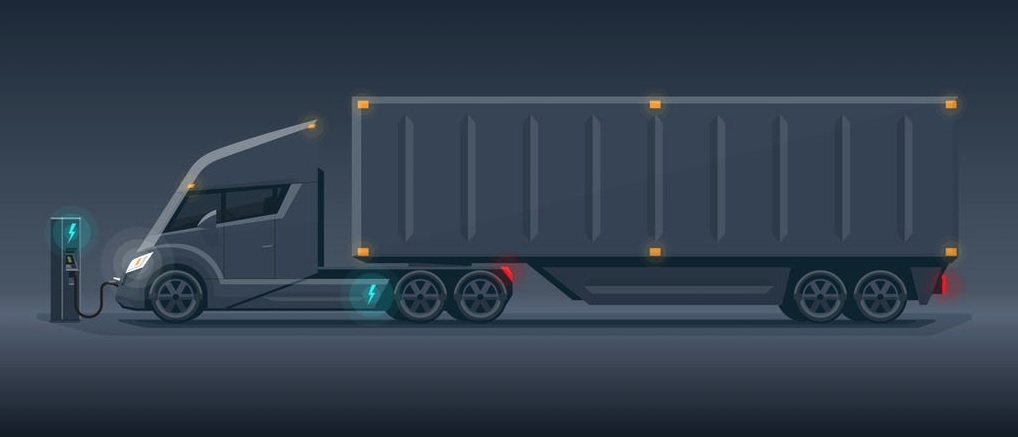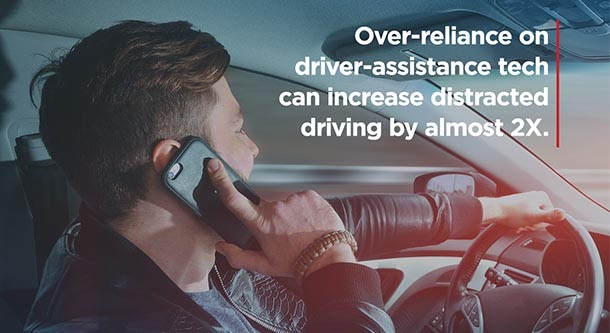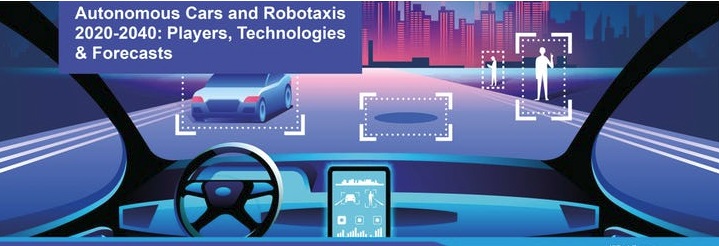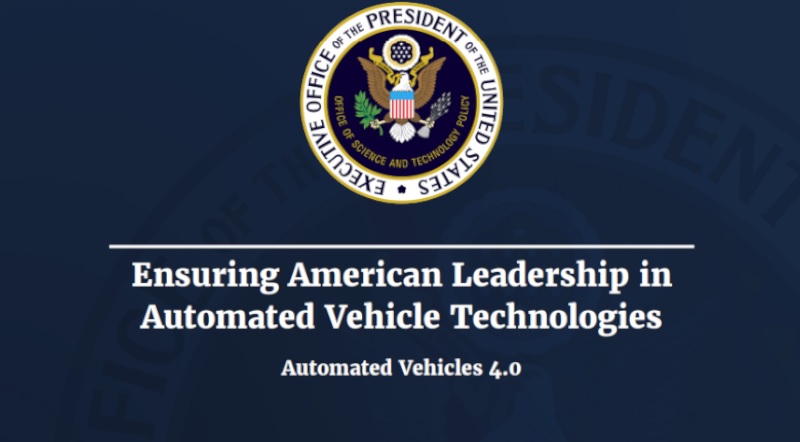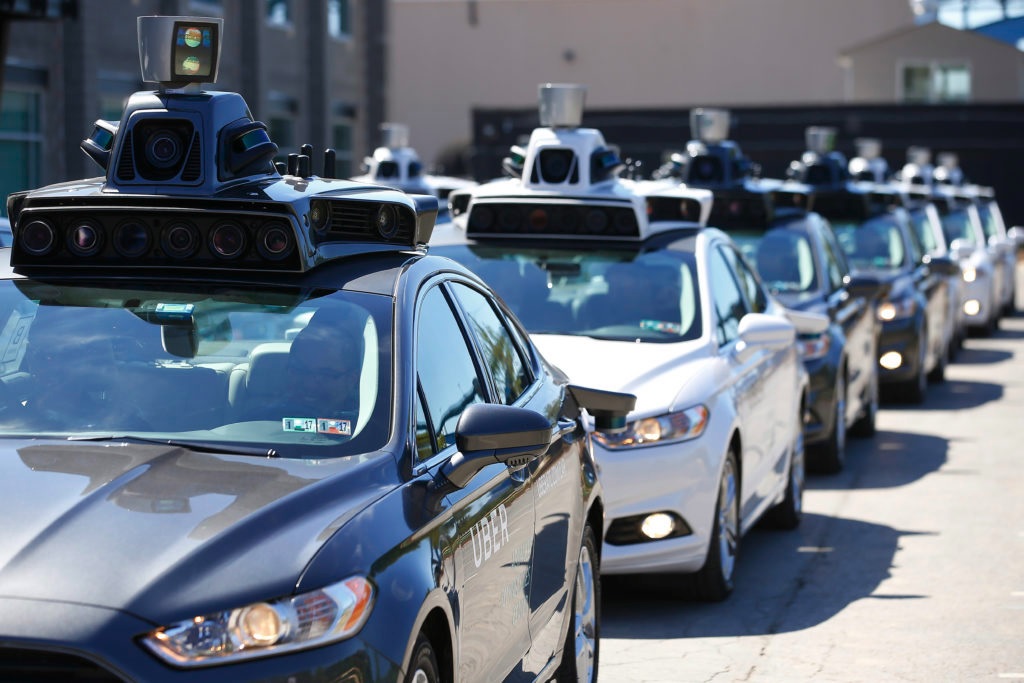Features
New automated vehicle technology will help freight truck companies transport consumer goods in a more fuel-efficient way, reducing transportation costs and emissions and boosting highway safety thanks to always-on automatic emergency braking. But these gains can only happen if states update old laws against following too closely, according to a new report from the Competitive Enterprise Institute (CEI) ...
Despite substantial recent progress by the industry, fully automated driving systems that have no safety driver onboard will take at least a decade to deploy over large areas, even in regions with favorable weather and infrastructure, according to a new research brief from the MIT Task Force on the Work of the Future ...
The development of autonomous vehicles (AVs) could make the urban environment greener and more livable and help support sustainable transportation systems, but how the technology plays out will depend on the characteristics of each city and its mobility ecosystem, according to a new report, Can Self-Driving Cars Stop the Urban Mobility Meltdown? ...
The automotive industry is experiencing a difficult time due to the Coronavirus, with severe shocks both to the supply and demand. Nonetheless, the industry will need to retain its focus on key transformation trends such as autonomy, according to the IDTechEx report Mobile Robots, Autonomous Vehicles, and Drones in Logistics, Warehousing, and Delivery 2020-2040 ...
Drivers with experience using advanced driver assistance systems (ADAS) like adaptive cruise control and lane-keeping assist, were nearly twice as likely to engage in distracted driving while using the systems compared to when they were driving without the systems, according to research from the AAA Foundation for Traffic Safety ...
Mobility services enabled by autonomous driving technologies — which allow fleet operators to eliminate the biggest operation cost, the human driver — will open a pathway towards a cheaper alternative to purchasing and owning a private car. Autonomous driving has the potential to accelerate MaaS adoption, and therefore the arrival of peak car, in other words, the end of mass private-car ownership ...
New technologies are not being adopted quickly by Australians, with only 57% reporting they have used smart technologies. Yet, when it comes to investing in future technologies that enable self-driving cars, almost 50% of respondents would be interested ...
The public has serious apprehensions about driverless car safety and highly supportive of rules and protections for this developing technology, according to ENGINE'S CARAVAN SURVEY, commissioned by Advocates for Highway and Auto Safety ...
The USDOT released Ensuring American Leadership in Automated Vehicle Technologies: Automated Vehicles 4.0. AV 4.0 unifies efforts in automated vehicles across 38 Federal departments, independent agencies and commissions, providing high-level guidance to state and local governments, innovators, and all stakeholders on the US government’s approach towards AVs ...
By 2023, worldwide net additions of vehicles equipped with hardware that could enable autonomous driving without human supervision will reach 745,705 units, up from 137,129 units in 2018, according to Gartner, Inc. In 2019, net additions will be 332,932 units ...


